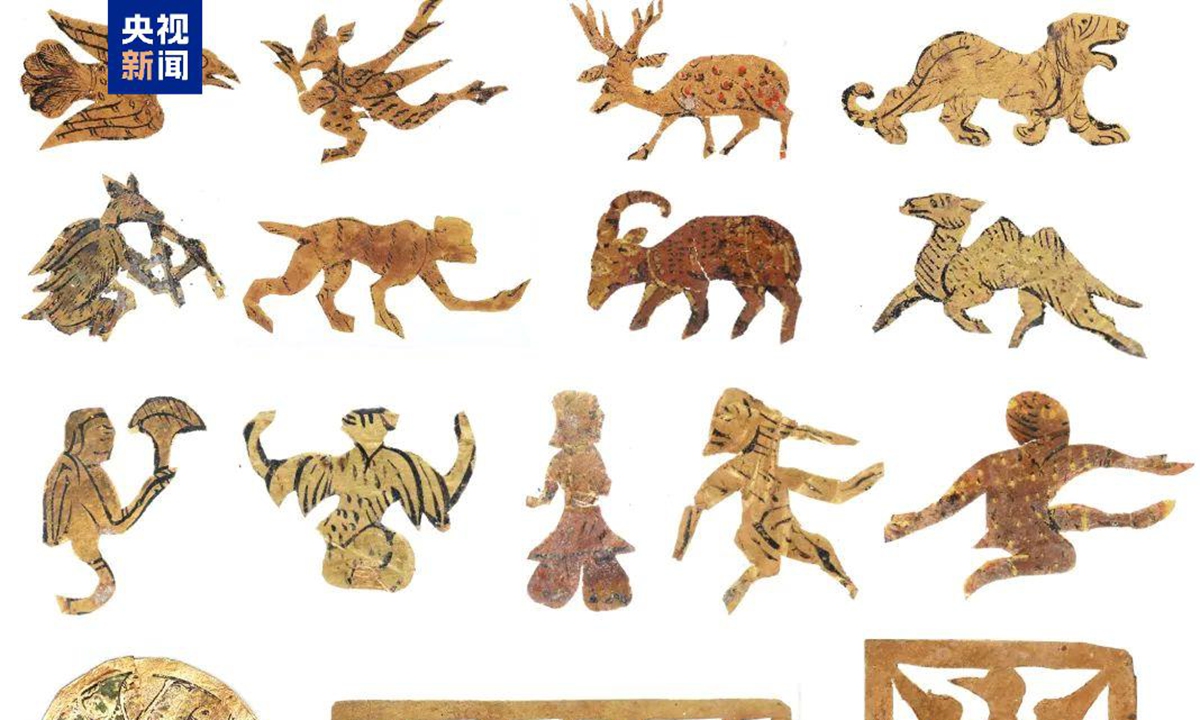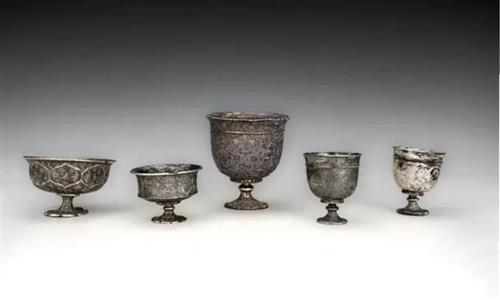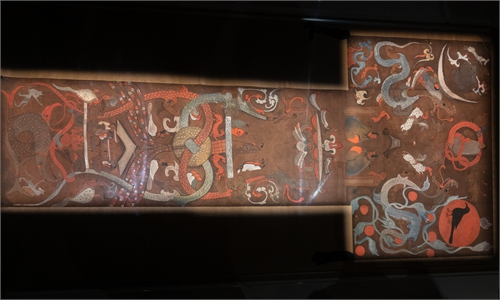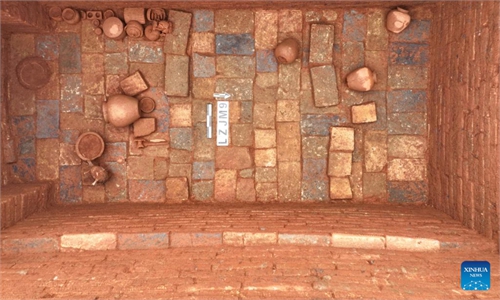ARTS / TV
Marquis cemetery of Western Han Dynasty found in Northwest China

Discovered relics Photo: Courtesy of CCTV news
Chinese archaeologists have discovered a Western Han Dynasty (206BC-AD25) marquis cemetery and nearly 700 other tombs in Xianyang, Northwest China's Shaanxi Province. The cemetery owner is believed to have been the last grand chancellor of Emperor Wu, according to a CCTV report on Monday.A relatively independent large cemetery was discovered in the northeastern section of the site, notable for its grand scale and rich burial offerings. A second tomb is believed to be linked to Tian Qianqiu, a prominent figure during the Western Han Dynasty. This tomb in the cemetery may have belonged to Tian and his wife.
The Western Han Dynasty had more than 800 marquises, but fewer than 40 marquis tombs have been confirmed, and research into these remains is still in the early stages. This newly discovered cemetery is to provide important insights into the design of Western Han marquis tombs, burial rites and tomb complexes, offering significant value for future research.
The cemetery is marked by a wide surrounding moat and is divided into two sections: Tomb No. 1 and Tomb No. 2, arranged from north to south. The cemetery contains five large tombs, all of which follow a "甲" (Chinese character jia) shape in their layout.
The excavations have yielded a wealth of artifacts, including hundreds of rare and exquisite pieces.
Among the gold items discovered are a turtle-shaped seal, a qilin's foot ornament, and over 400 decorative pieces. The pieces were finely crafted, with vivid depictions of humans, plants and animals.
In addition, 18 shell cups made from large oceanic shells, such as conchs and nautilus shells, were found.
These cups are skillfully polished, and seven feature painted interiors. Over 30 pieces of mud seals, mainly marked with inscriptions including "Fumin Jiacheng" and "Tian Xianyou Yin" (Tian's friends seal), were also discovered.
Other items include more than 100 bronze artifacts such as bronze horse and goose-shaped vessels. The excavation also revealed traces of lacquerware and textiles.
The five large tombs uncovered are comparable in scale to previously confirmed Western Han marquis tombs and include significant burial structures like wide surrounding moats. The wealth and fine craftsmanship of the funerary goods point to the high status of the tomb owners, possibly indicating they belonged to the marquis class.
Based on the shape of the tombs and the characteristics of the pottery, the tombs are believed to date from the mid-Western Han period. Notably, the inscriptions on the seals provide crucial evidence in identifying the owner of Tomb No. 2.
The title of Marquis of Fumin was awarded to Tian Qianqiu, the final grand chancellor of the Han Dynasty under Emperor Wu.
He held the position for 12 years before he passed away. His son, Tian Shun, succeeded him as marquis but was later stripped off his title due to crimes.
Tian Qianqiu's ancestors were from a prestigious family in the State of Qi during Warring States (745BC-221BC), and they moved to Changling during his great-grandfather's time, where they continued to reside.
Based on the geographical location and textual evidence, it is hypothesized that the Tomb No.2 may have belonged to Tian Qianqiu and his wife.
Global Times



